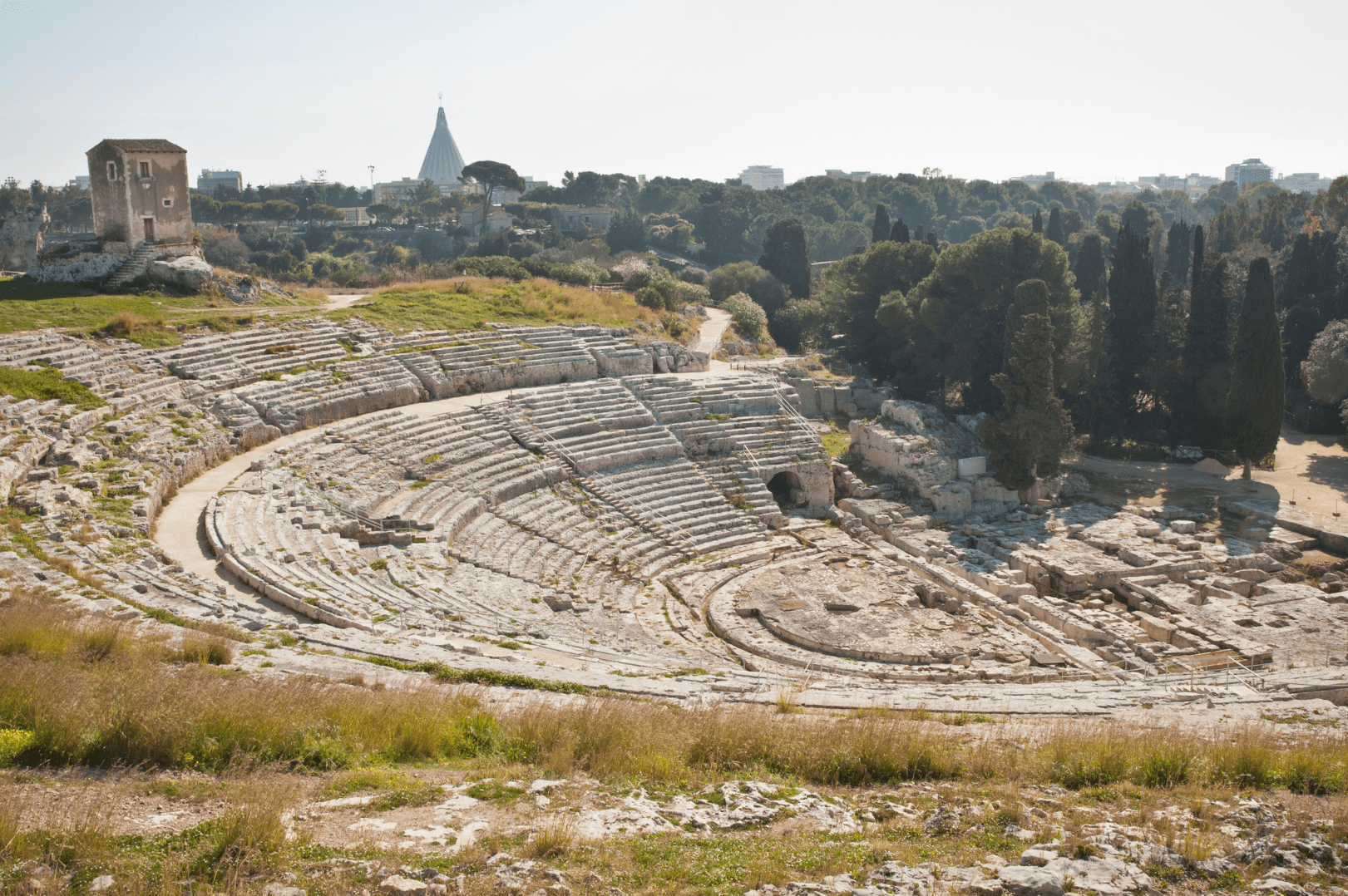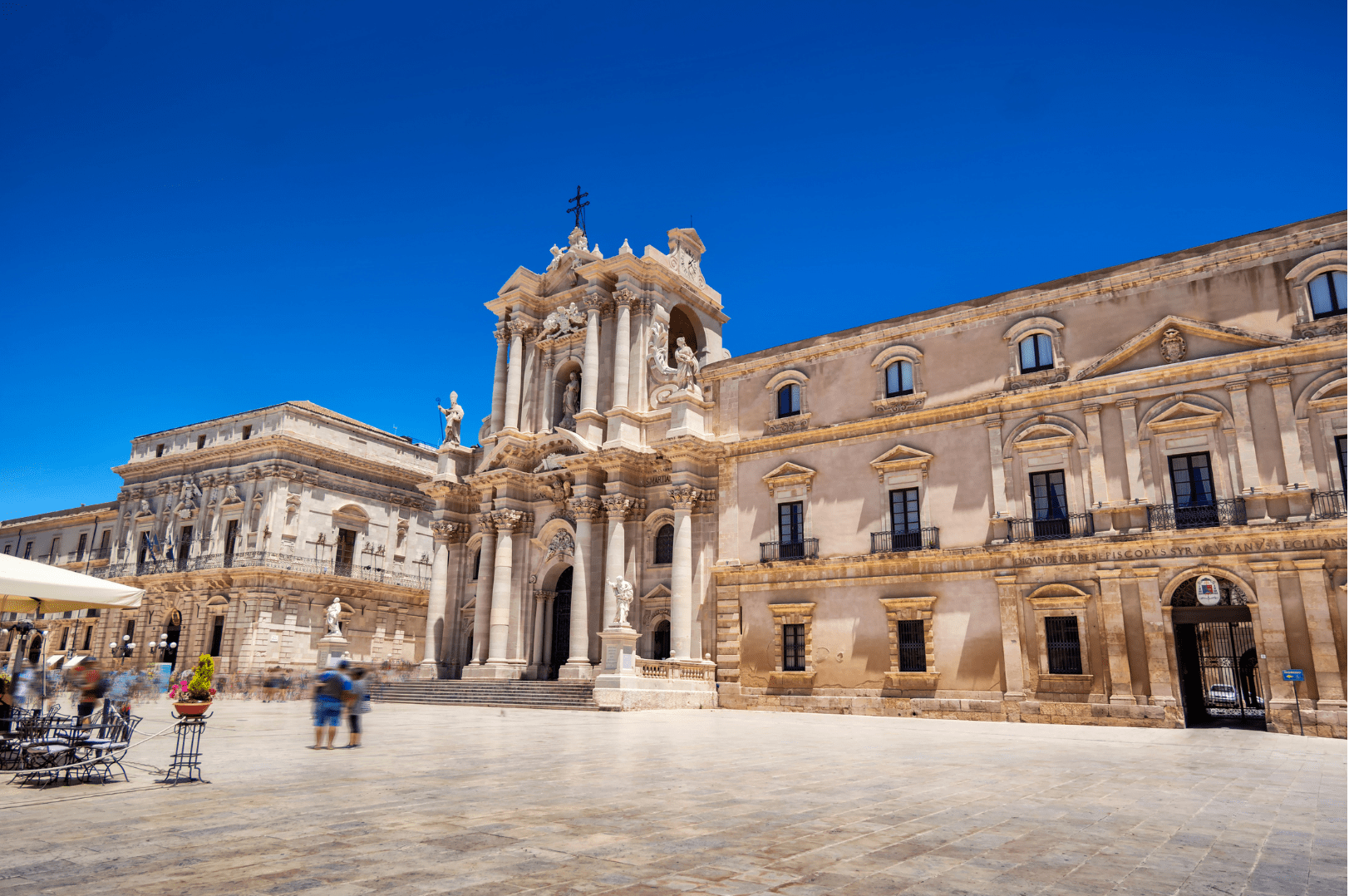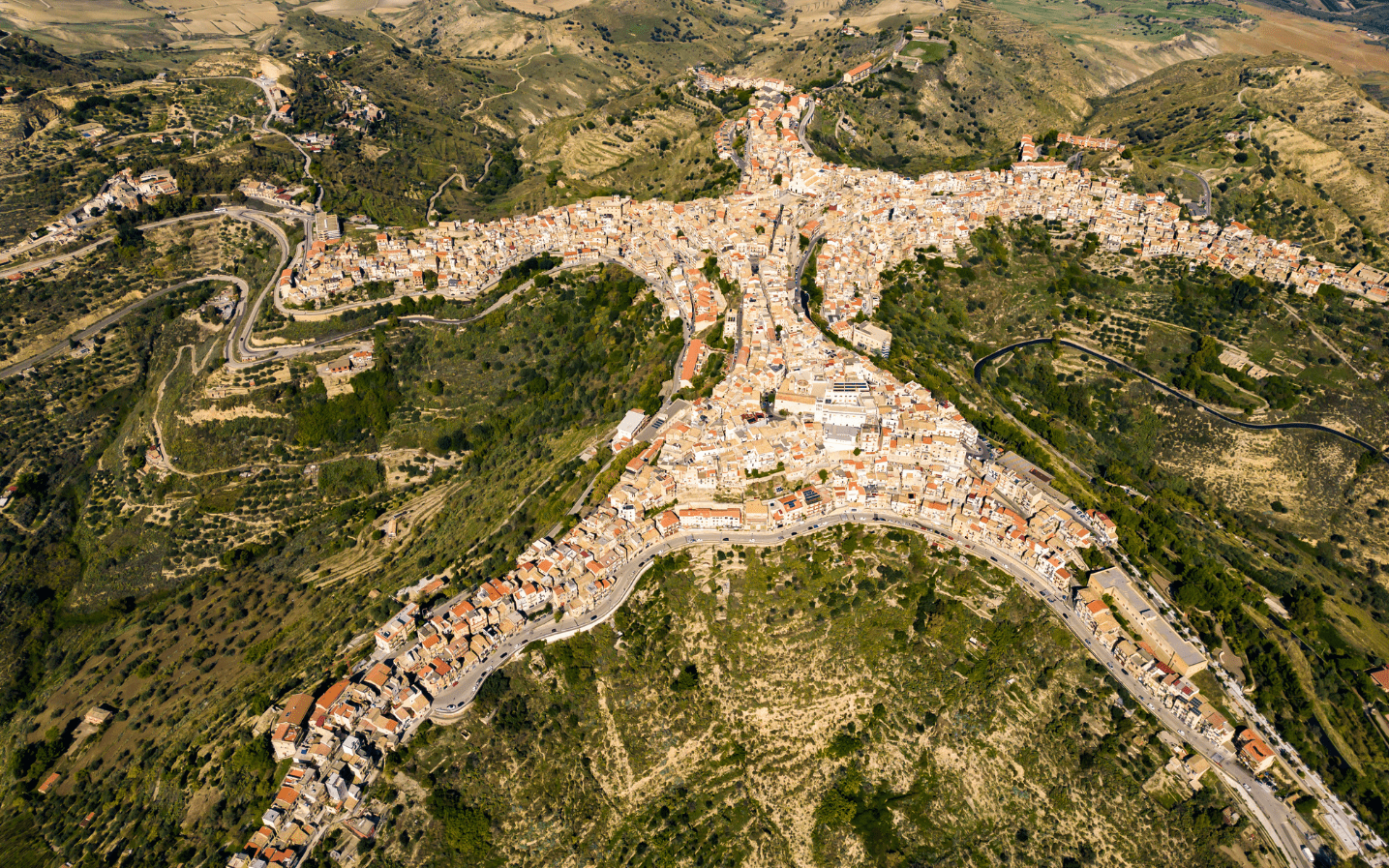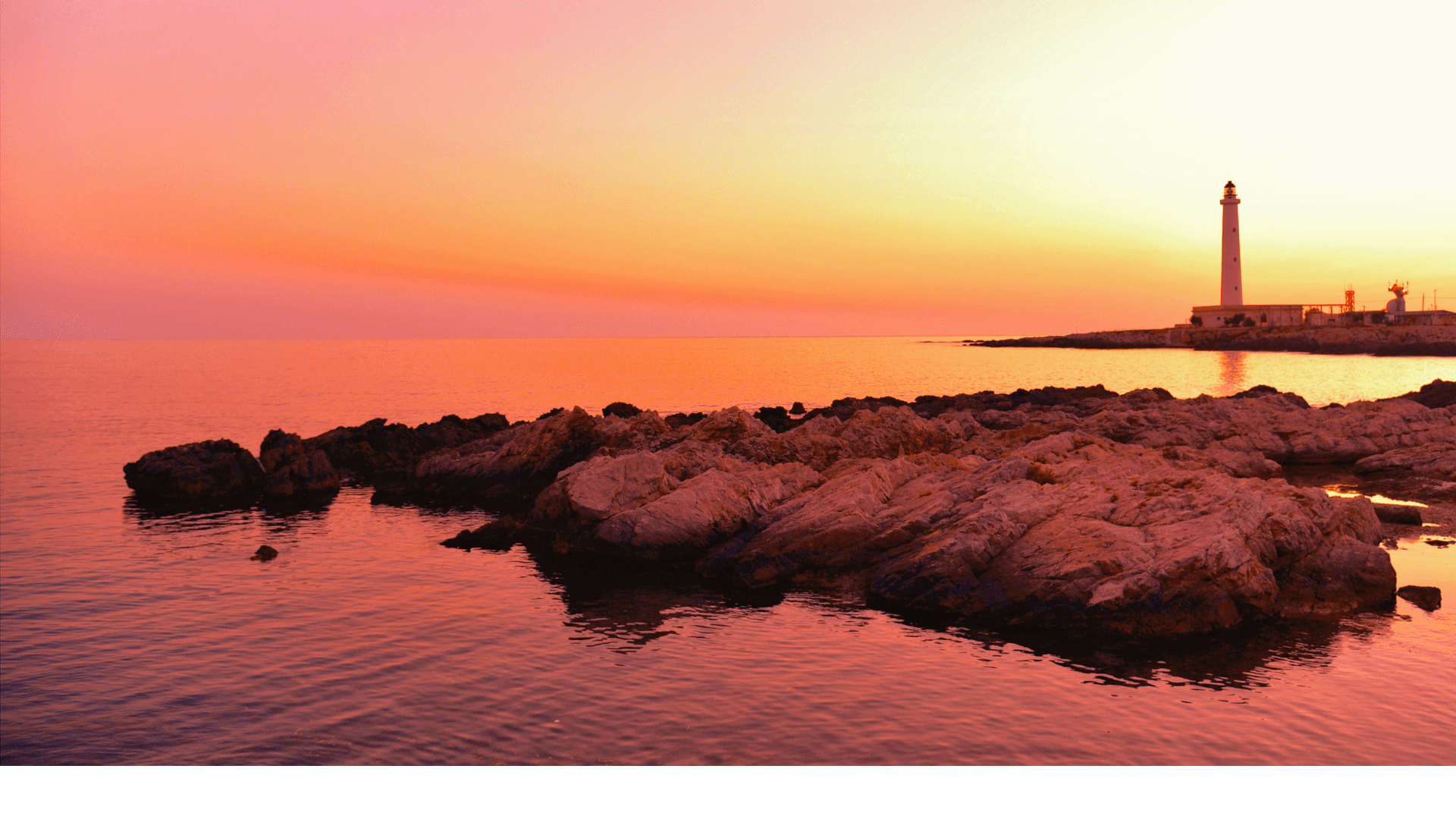DAY 1 ARRIVAL IN SICILY – NAXOS TAORMINA
Giardini Naxos is a beautiful town in the province of Messina, Sicily. Until the 70s Giardini Naxos was a quiet fishing village, while
now it has become one of the most visited tourist attractions in Italy with wonderful beaches, monuments and clubs.
The old town is characterized by squares and historic streets, such as Piazza Abbata Cacciola and Via delle Rimembranze.
Not to be missed is also the Castle of Schisò. After being inhabited in the Norman and Spanish periods, it is now completely uninhabited
and is part of the archaeological complex of Giardini Naxos. The archaeological site preserves the remains of civil and religious
buildings dating back to the Roman and Greek periods. Among the buildings of worship to visit during your stay in Sicily, we remember
the Mother Church of Santa Maria Raccomandata With impressive ancient ruins, breathtaking views and enchanting
beaches, the city of Taormina is a seductive diva. The main attraction of Taormina is the Ancient Theatre, which alone is a valid
reason to come here. One of the largest ancient theatres in Sicily, it is certainly the most impressive for its extraordinary location
overlooking the sea. After visiting this unique attraction, continue the magic wandering through the characteristic streets of the
center in particular Piazza del Duomo, Villa Comunale and the church of San Giuseppe.
DAY 2 SIRACUSA – ORTIGIA
Modern Syracuse rises above the ancient Greek polis, which was divided into five neighborhoods. In addition to the oldest nucleus of
Ortigia, which with the tyrant Dionysius I, became an island-fortress, now connected to the mainland by two overpasses.
The most impressive are located within the Archaeological Park of Neapolis: the largest Greek theater outside Greece, where even
today are staged performances of classical authors such as Aeschylus, Sophocles and Euripides; the Roman amphitheater; the
mighty altar of Hieron II and the Latomia of Paradise with the Ear of Dionysius.
The beating heart of the whole city is the island of Ortigia, the oldest nucleus of the city. Dedicated to Artemis, goddess of hunting
and woods, it is a charming treasure chest of treasures such as temples, castles, ancient aristocratic residences and baroque
churches that determine its charm. It is here that one appreciates the magnificence of the city. Entering Ortigia are the impressive ruins of the temple of Apollo,
the oldest Doric building in Sicily, the sixth century C. It was transformed over the centuries into a Byzantine church, mosque,
then a Norman church and finally a Spanish barracks.
DAY 3 CATANIA – AUGUSTA
Although Catania lies at the foot of Etna and over the centuries has been lapped several times by lava flows, the remains of the
ancient city continue to emerge from underground, proving false the opinion that the volcano had largely erased it. The numerous
remains, of the Greek and Roman past of Catania indeed, would allow to offer for this period a large and articulated picture of the
historical, urban and artistic events of the city. The old polis extended mostly in the area now occupied by the
former Benedictine Monastery, Piazza Dante and the Ursino Castle. In this area there are the three main hubs of the city,
namely: Acropolis: via Montevergine, Agorà: Cortile di San Pantaleone, Theatre: via Teatro greco.
The territory of Augusta was for a long time colonized by the Greeks, who called the present Sicilian town with the name of
Megara Hyblàia. The term Megara, according to the reconstructions, was wanted by the first Greek settlers who came to
this land, who wanted to use this name as a tribute to their city of origin. What remains today of the ancient Megara Hyblaea are the
finds inside the archaeological area, where you can admire some historic streets that connected the houses. . The various excavations
have brought to light the agora, part of the walls, a Greek temple, the baths and a large necropolis, as well as numerous relics kept in
the Sicilian archaeological museums.
DAY 4 GELA – AGRIGENTO
Several tangible testimonies that can still be admired of the Greek passage to Gela. Some live in a few remains, others in aspects
related to architecture. Inside the Museums you can still breathe the Hellenistic age. How not to appreciate the ceramics carefully
preserved in the Regional Archaeological Museum. And then recently a new centre of great historical interest linked to Greece is
finally opened: the Museum of Ancient Navigation. The brand new structure houses the three Greek ships found in the
sea that allow a dive into the past until 500 B.C. C. Gela and Greece remain inextricably linked in sport, in new
discoveries, and especially in those cultural sites that enhance the tourist value.
Valleys, hills, impressive monuments and ancient temples, almost all dating back to the period when Greece and southern Italy were the
center of the world. It is the jewel of Magna Grecia: Agrigento. One of the jewels symbol of the region and proof of the influence of
Hellenic culture is the Pardo Valley of the Temples that includes: the Regional Archaeological Museum “Pietro Griffo”, Temple of
Concord, Paleochristian Necropolis, Temple of Vulcano and the immense Garden of Kolymbethra.






